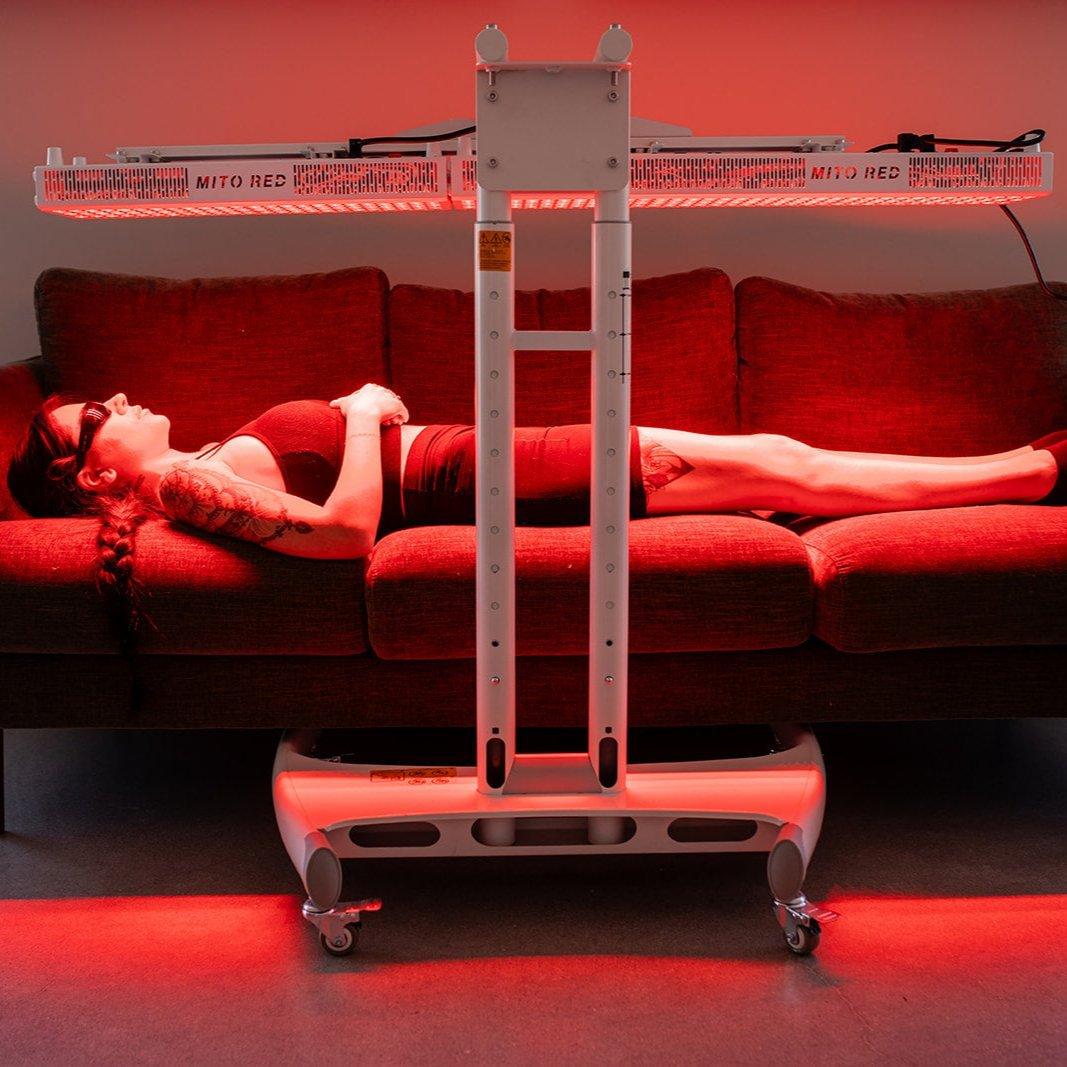Abstract
Background: Multiple sclerosis (MS) is a neurodegenerative condition characterized by high concentration of nitric oxide leading to the production of reactive oxygen species (ROS) and reactive nitrogen species (RNS), a condition known as nitrosative stress. ROS and RNS produce the inhibition of the mitochondrial electron transport chain leading to mitochondrial dysfunction, reduction of adenosine triphosphate, and death of neurons, producing severe and irreversible damage in the central nervous system of people with MS (PwMS). Current drug treatments for MS focus on the regulation of immune response in acute stages of disease, but they do not regulate nitrosative stress which is present in the acute and chronic stages of disease. Previously, our laboratory showed that photobiomodulation (PBM) on experimental autoimmune encephalomyelitis mice, the animal model of MS, reduced clinical severity of disease, gene expression of inducible nitric oxide synthase (iNOS), and the levels of nitrite in in vivo and in vitro experiments. Objective: We evaluated the effect of PBM on the regulation of nitrosative stress in PwMS. Methods: PBM was applied on peripheral blood mononuclear cells (PBMCs) obtained from PwMS to evaluate PBM on the regulation of nitrate as a marker of nitrosative stress. Results: PBM at 830 nm (10 J/cm2 at 72 h) reduced the levels of nitrite and this reduction was in relationship with the increase of interleukin-10 and the reduction of interferon-γ produced by the PBMCs regardless of the severity of disease present in the participants. Conclusions: PBM at 830 nm can potentially be used to reduce nitrosative stress at any point of disease in PwMS.
Keywords: multiple sclerosis; nitric oxide; nitrite; nitrosative stress; peripheral blood mononuclear cells; photobiomodulation.






























